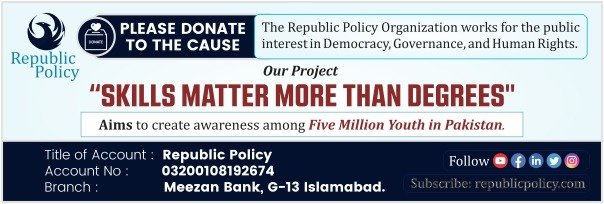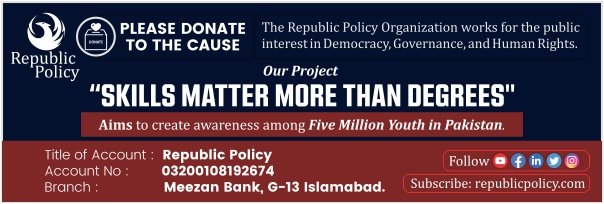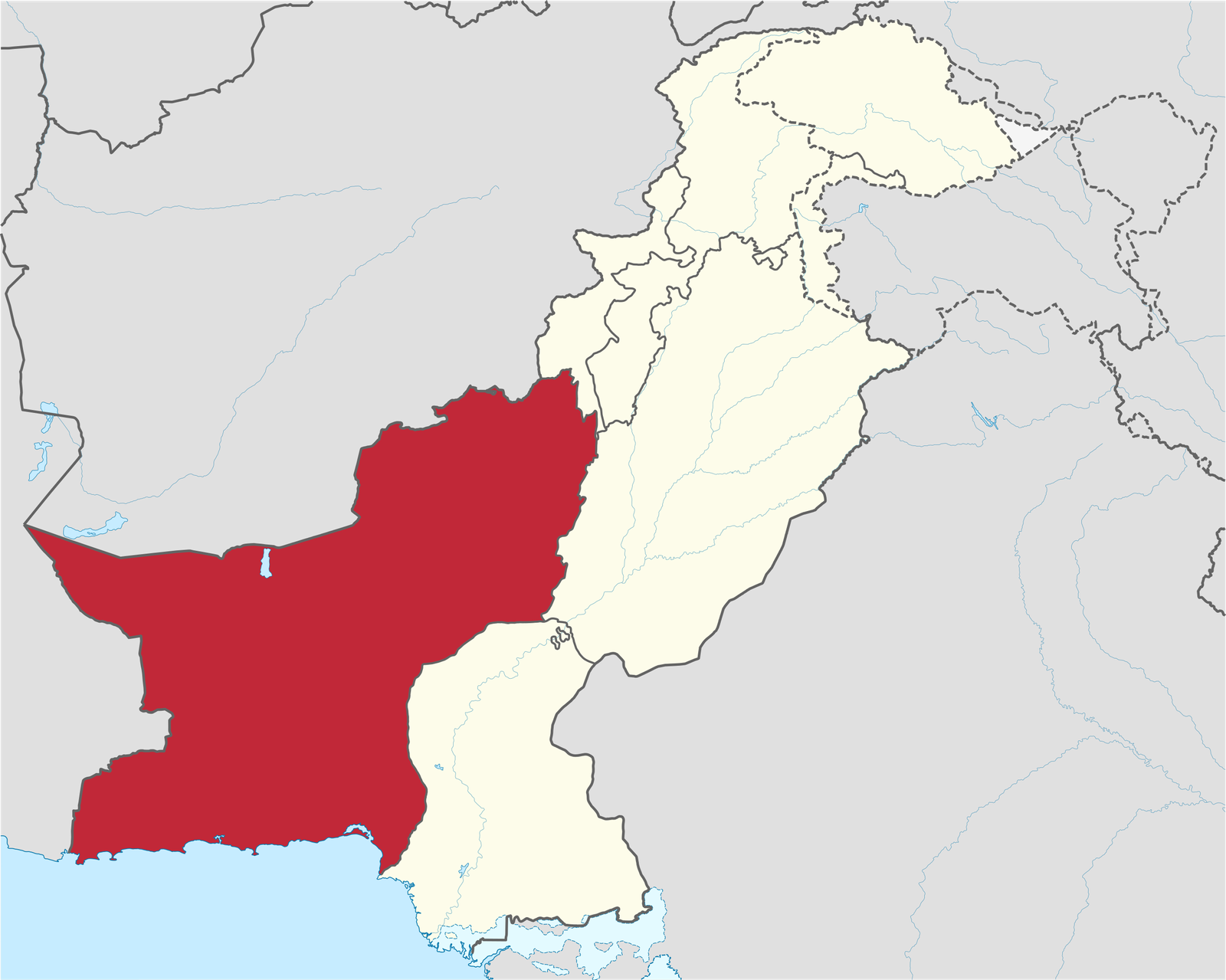Editorial
Indian Prime Minister Narendra Modi’s leadership has seen remarkable economic milestones, with India’s GDP soaring from $2 trillion to $4 trillion under his tenure. While this growth is impressive, it masks deep contradictions in India’s economic reality. Critics argue that while the nation’s economy has expanded, per capita income still lags far behind more developed nations like the UK, Japan, and Germany.
In the 2024 elections, Modi’s government failed to deliver on its promises of economic progress for the masses, contributing to the BJP’s failure to secure a simple majority in the Lok Sabha. Despite his claims that India’s rapid progress is tied to his leadership, there are growing concerns about the disproportionate wealth accumulation by a small group of billionaires while the majority of the population struggles to meet basic needs.
Pl subscribe to the YouTube channel of republicpolicy.com
The question arises: Is Modi’s economic vision sustainable, or is it just a political tool? His recent charm offensive toward Muslims, distributing aid packages to poverty-stricken families, signals a shift towards inclusivity. However, this change comes after years of alienating India’s Muslim community, a group that Modi had once marginalized. Many wonder if these gestures are genuine or simply strategic moves to regain political favor.
Additionally, while India may have overtaken China in population size and GDP ranking, its quality of life is still far behind, especially when compared to China’s remarkable economic development. Critics also point out Modi’s close ties with corporate billionaires and his focus on self-glorification, often at the expense of India’s broader societal needs.
As India’s political landscape shifts and Modi faces mounting challenges, it is time for him to reflect on his governance style. His legacy will ultimately depend on whether he can transition from a one-man show to a leader who truly addresses the nation’s disparities.














